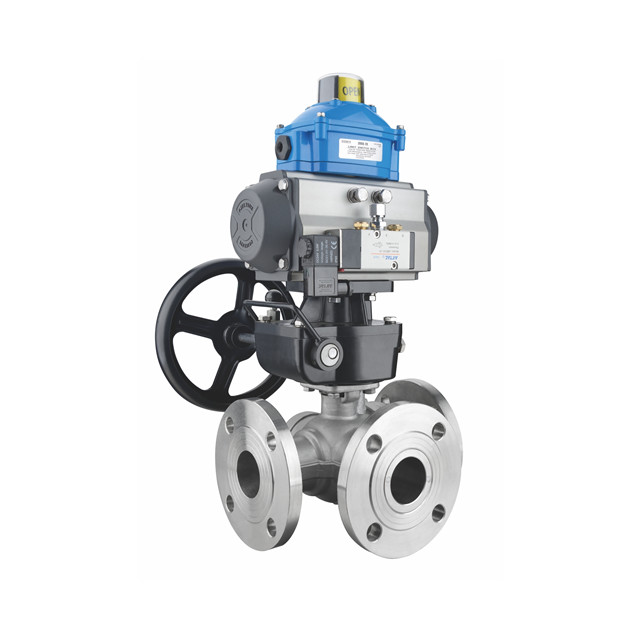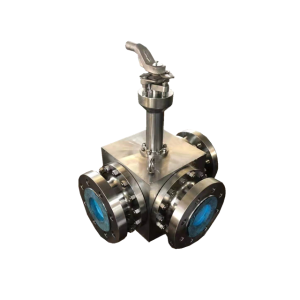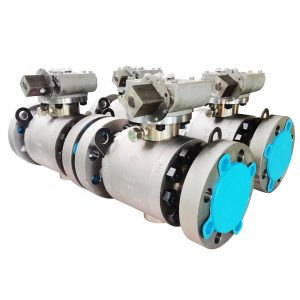Table of Contents
ToggleIf you’re curious about the workings of a three-way valve, you’ve come to the right place. The three-way valve is a key piece of equipment used in large-bore, high-pressure flow control. Its three-way design consists of a handle that rotates the ball of the valve and two ports that allow the flow to go one way or the other.
Depending on how you use it, you can use a 3-way valve to control the flow of two or more fluids. In addition, a 3-way valve can also be used for on-off, diverting, or mixing applications.
If you want to know more about a three-way valve and how it works, continue reading this article.
What is a 3-Way Valve?
A 3-way valve controls flow by lining up two or more pipes in series. It is also known as a multiport valve as it has multiple ports. There are three ports in a three-way valve. The valve’s ball rotates and flows through the corresponding openings.
Three-way valves have several uses and can be used to divert, mix, or select different fluids. Some valves can block one outlet while letting others flow freely. These valves are also useful for vacuum systems.
Three-way valves are multiport valves with three ports. They are often configured with one inlet and two outlets. Depending on the direction of flow, the ports may be opposite. Three-way valves are useful for co-mingling different fluids or cutting off sources of gas.
Three-way valves can be divided into two types, called T-type and L-type. The T-type valve can connect three orthogonal pipelines, and the third channel can be cut or merged. An L-type valve, on the other hand, can only connect two orthogonal pipes and plays only the role of distribution. And when using a 3-way valve, it’s important to know that a three-way valve can be used to shut off two or more streams of fluid.
What is the Working Principle of a 3 Way Valve?
Three-way valves are designed to combine two different incoming streams before sending them out as separate streams. They are commonly used with modulating controls, although they can also be used in on/off applications. The three-way valve is also available in diverting and mixing configurations. Diverting valves have one supply port and two outputs, but they tend to be more expensive than mixing valves.
A three-way valve is used for controlling the flow of different fluids. This valve also allows for different mixings. This type of valve is great for diverting flow from one destination to another. By blocking one outlet, the valve is capable of diverting flow to another. If you are looking for a valve with a large range of applications, you should consider a three-way ball valve.
The working principle of a three-way valve is based on the design of the mechanism. Generally, these valves can connect three orthogonal pipelines, and their T-pattern can cut or merge the third channel. Unlike horizontal valves, vertical T-pattern flow ball valves have a common port that is always open. The bottom port is typically open, and turning the handle in a 90-degree orientation will cut the flow.
The three-way valve has two ports that are “normally open” to allow flow from one port, while the third port is closed to stop the flow. The basic L-pattern flow three-way ball valve is designed to turn counterclockwise. This turns the ball 180 degrees, blocking the flow from the left side and directing it to the right. The ball is then turned counterclockwise, and the valve is ‘off.’ Once the ball has shifted back to the center, the valve is open, and the flow can continue its path.










